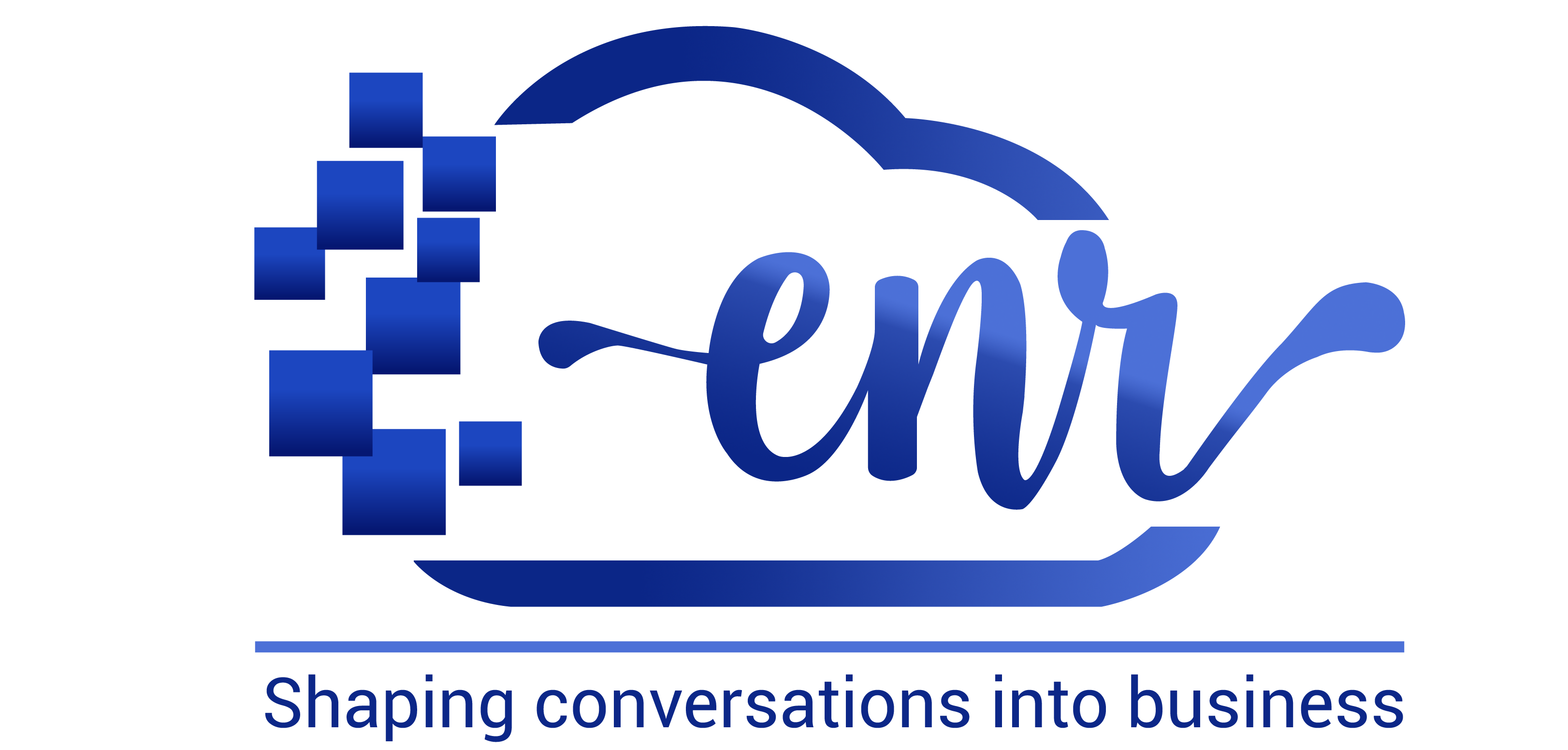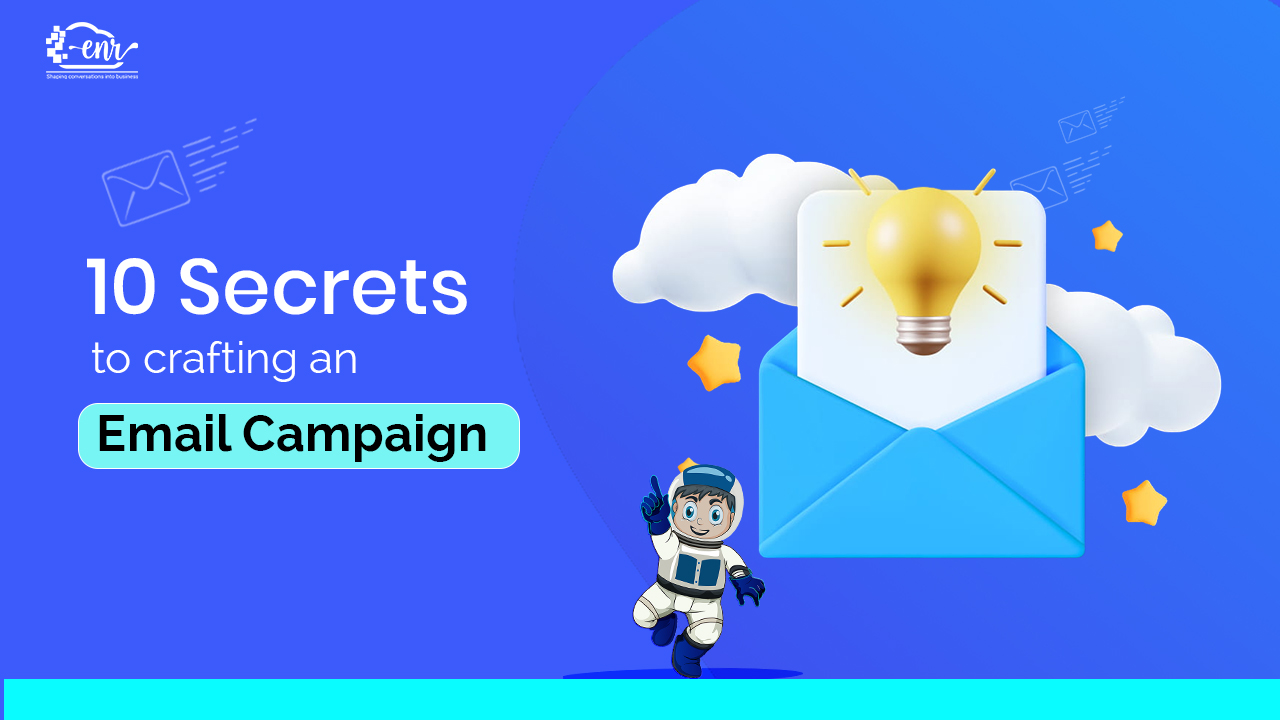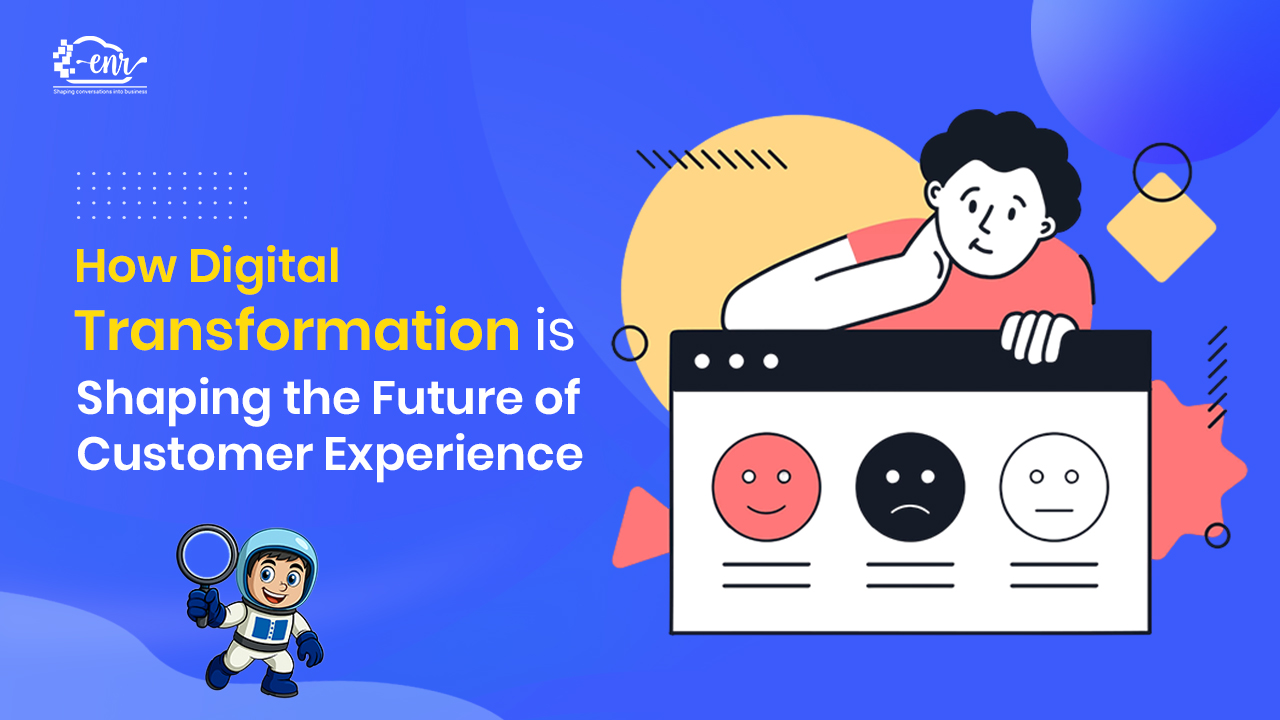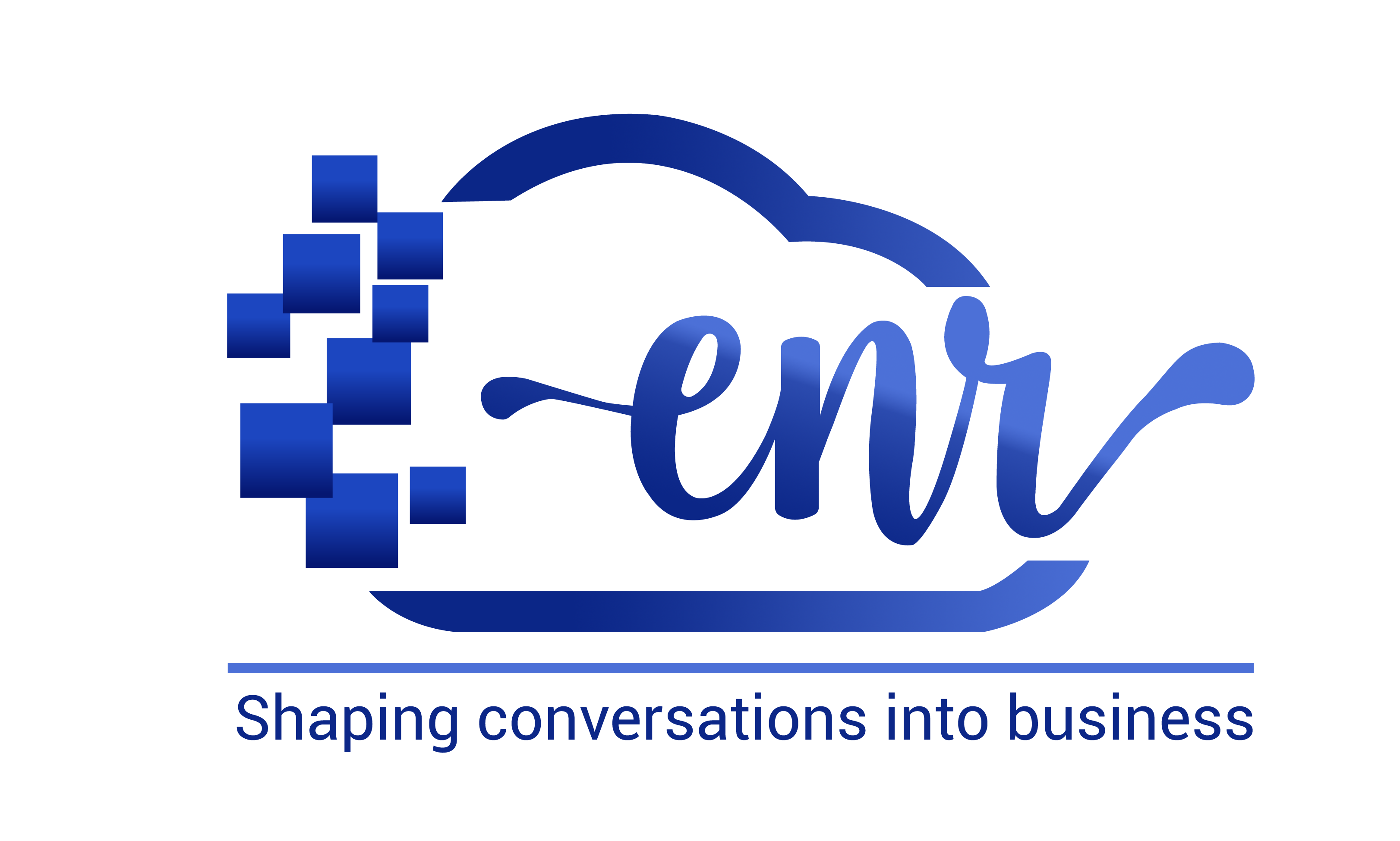It is definitely not wrong to say that email marketing is the unsung hero of successful marketing campaigns. A well-crafted and thought about email ad campaign has the power to turn clicks into loyal customers. The digital world is forever changing, trends come and go, but Email marketing has stayed steady.
Running an email campaign might seem easy but the truth is that every campaign succeeds. The aim is to connect with the right audience, but how do you ensure that your message does not get lost in the noise. Gone are the days, when every email had to be crafted individually and metrics were difficult to track.
Nowadays, tools such as email marking service providers, automation, email blast programs, advanced analytics, and optimization, have made it very simple to design, and program and email marketing campaigns. The first step to getting an email campaign started is to pick a reliable Email Service Provider (ESP) and set up your account. Pick one that is easy to use and has some rich features along with automation. Here are some tips or secrets to crafting an email campaign that will boost your ROI greatly.
Table of Contents
ToggleSecret #1: Get to know your Audience
Dive deep into what your customers like about your brand, product, or service and what they need from you. Before you embark on the email marketing campaign, spend some time analysing valuable customer data. Look carefully on interests, buying behaviours, and communication preferences. Your email campaign will only be successful if it aligns with meeting customer expectations. You can use various tools for this such as email metrics, previous interaction rates, etc., to personalize future communications. This way you can reach to those who are most likely to convert and thus increase the effectiveness of your email campaign.

Secret # 2 Craft an Irresistible Subject Line
The soul of every standout email begins with a compelling subject line. It is the heading, and it is also the first thing the recipient will see and its catchiness will determine whether they open your email.
Treat it like your only chance to grab the user’s attention, and it should sing like a siren song. Some best practices to adopt for subject lines are
- Keep it short and precise (50 characters or less for mobile devices).
- Personalize by using pronouns like you and your to speak directly to the recipients.
- Numbers and facts are more appealing. For example, increase your sales by 50% with our new plug in.
- Create a sense of urgency prompting immediate action.
- Test the subject line before sending.
- Use the right emojis and colours to make the subject line attractive.
Grammarly’s email marketing makes a good example with subject lines such as “Writer’s Block? We’ve Got an App for That.”
Secret #3 Harness the power of personalization
‘You are the first one to know’ sounds more appealing than ‘We are letting everyone know that…’ right? The era of email blast campaigns is in the past now. Personalization is expected. Segment your audience to send relevant messages and improve open and engagement rates.
Tip: Adding the recipient’s name in the mail makes them feel that you are talking to them directly. Automation and relevance of content are two keys of personalization.
Amazon’s email marketing example is most suited here. They segment the users based on demographics, past purchases, browsing histories, and wish lists and then use dynamic content to automatically recommend products that are spot on.
Secret # 4 Focus on One Clear Call to Action (CTA)
Strategically placed CTAs are crucial for the success of your email marketing campaign. The CTA should be visible, clear, and well-defined. The job of a CTA is to nudge the recipient to the next step, be it, buying, booking, browsing, signup, reading a blog post or newsletter, or downloading. The location matters too. Place it where it can get maximum attention. Don’t forget to add the social media buttons in your emails.
Tip: Don’t clutter the email with too many CTAs. One is more than enough. It can be in the form of single, bold, clear action buttons, such as “Buy Now,” “Shop Now,” “Learn More,” etc.
An example of this kind of email marketing campaign is the Booking.com with their eye catching and colourful CTAs.
Visit to get Email Consultancy and Growth (ECG)
Secret #5 Dynamic, Concise, and Scannable Content
If your email does not deliver what the subject line promises, then you will lose the customer. Most people skim the emails and if they find it relevant, they might read them in full. Fill your email with content that resonates with the recipient, that they find it relevant, informative, and entertaining. Clear and concise copies ensure that the message gets across.
Tip: Short paragraphs, bullet points, headers, etc. are a great way to break the content. Visuals should be clear and deliver value fast. “Unlock Your Exclusive Offer Today!” is an example of persuasive text. You can also use some customized templates and multimedia components to make your email more compelling.
Secret #6 Mobile Optimization is a Must
More than 50% of the emails are opened on mobile devices. Hence, it goes without saying that, your email marketing campaign should look good on all screen sizes and integrate seamlessly. Use responsive designs to ensure the content stands out across all devices.
Tip: You can adapt a mobile first design and use large buttons and images that can adapt to different screen sizes. Test the email on both desktop and mobile before sending.
A good email marketing example are the emails from food delivery companies such as Zomato and Swiggy. They have clean and minimalistic designs, with visuals based on consumer interests. Every word and image counts in email marketing campaigns.
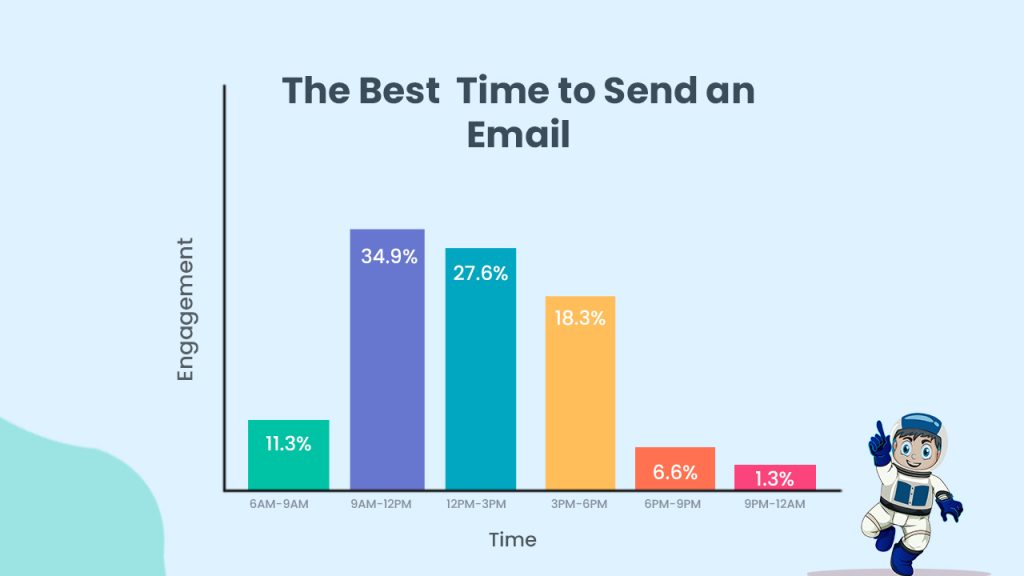
Secret #7 Timing is Everything
Think of it this way, your target audience is probably getting many mails of the same kind in their inbox. Most people check the newest emails first. Therefore, for your email to stand out, it should be on the top of their inbox just when they are ready to read it.
Tip: Take the help of email marketing platforms and service providers to optimize your email sending time. For example, a pizza delivery company will like to time is differently than a real estate company. You can use A/B testing for timing.
Secret #8 Include Social Proof
The customers need to know if they can trust you. Sharing client testimonials, case studies, and user generated content is a way to go about it, especially for first time prospects and cold leads.
Tip: You can share the social media posts, reviews, and video testimonials too. A fine example of such an email marketing campaign is the Blue Dart courier company which shared the client video testimonials with the recipients over emails with clear CTAs asking them to book their precious cargo with them.
Secret #9 Analyse and Adjust
Keep a close eye on the different metrics of your email marketing campaign. The key metrics like open rates, click through rates, conversions, etc. will help you make intelligent data driven adjustments.
Tip: List out what worked and what did not. Adjust the future content of your campaign accordingly and strive for continual improvement. Avoid using words that sound like spam such as “free.”
Secret #10 Test, Test and then Test Again
Last but not the least, this is one step that can make or break your email campaign. A/B or split testing helps you work out the perfect combo of CTA placement, subject line, and email layouts.
Tip: Use the secret weapon of testing to compare the performance of your emails. Run the tests on subject lines, images, content to see what is generating high click through rates.
Bonus Secret: Respect the Unsubscribe Button
When the user cannot find or access the unsubscribe option, they are more likely to mark your email as spam, which can put a dent in your marketing campaigns. Keep pruning your email marketing list and remove the inactive and unsubscribed emails. Smaller and more engaged audience will add more value than an unresponsive one.
The Email Deliverability Guy! The Man behind brand’s Email strategy to acheive their engagement and retention goals and elevate user experiences. 📈
